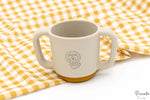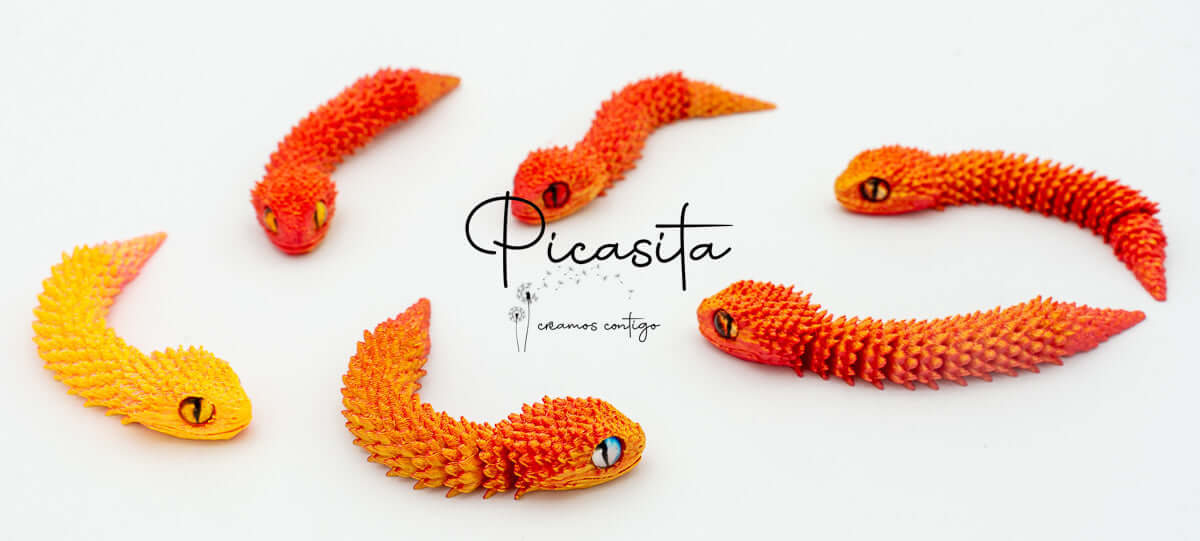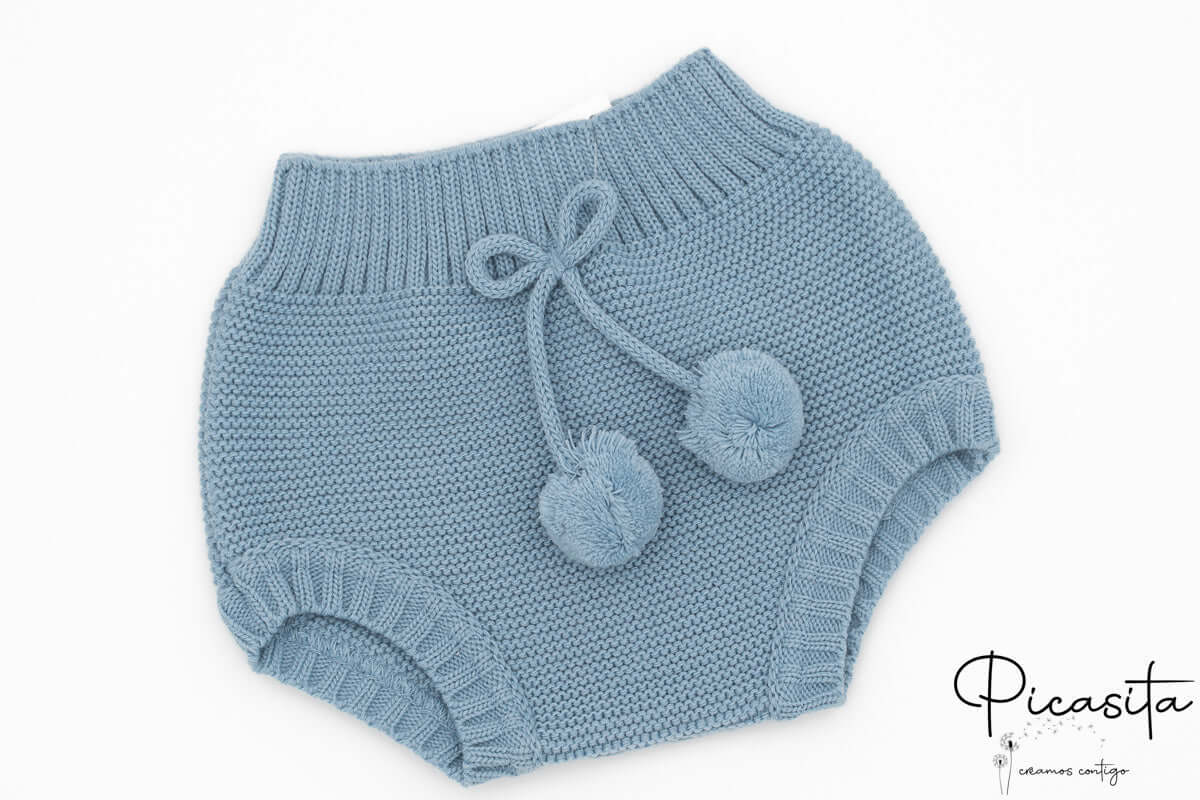
From Bottle to Cup: A Guide to a Successful, Stress-Free Transition
, by Picasita Regalos Originales, 3 min reading time


, by Picasita Regalos Originales, 3 min reading time
Ready to say goodbye to the bottle? Discover when and how to initiate your baby's transition to a cup, minimizing stress and fostering independence with practical, easy-to-follow tips.
The transition from bottle to cup is an important milestone in your baby's development. It marks a step toward independence and the acquisition of new motor skills. However, for many parents, this process can seem overwhelming. When is the right time? How can you make it as smooth as possible? In this article, we offer a complete guide to help you navigate this stage confidently and stress-free.
Generally, it's recommended to begin the transition from bottle to cup between 6 and 12 months of age. From 6 months on, your baby begins to develop the coordination needed to hold and drink from a cup. However, every child is different, so observe your baby and look for signs of readiness. These signs may include:
Don't worry if your baby doesn't show all of these signs at the same time. The key is to be patient and observe their progress.
The key to a successful transition is gradualness. Don't expect your baby to master the cup right away. Here are some strategies you can try:
![]()
There are different types of cups designed specifically for the transition from bottle to cup. Some of the most popular are:
Experiment with different types of cups to see which one your baby prefers. The important thing is that he or she feels comfortable and secure while drinking.
The transition from bottle to cup is a gradual process that requires patience and understanding. Remember that every baby is different and learns at their own pace. Don't compare yourself to other parents or pressure yourself to make the switch overnight. With the right strategies and a little patience, you can help your baby take this important step toward independence successfully and stress-free.


